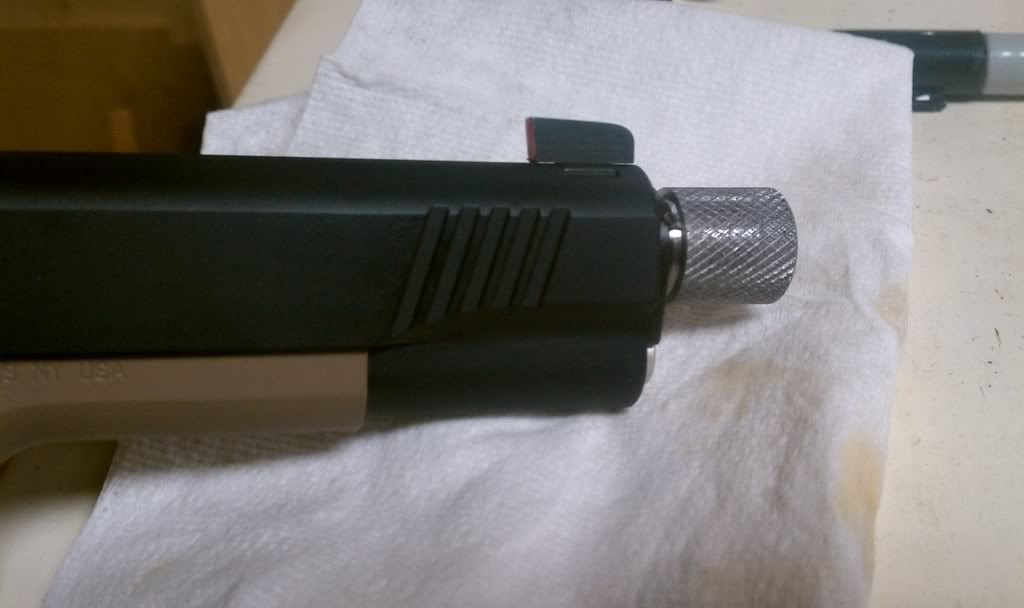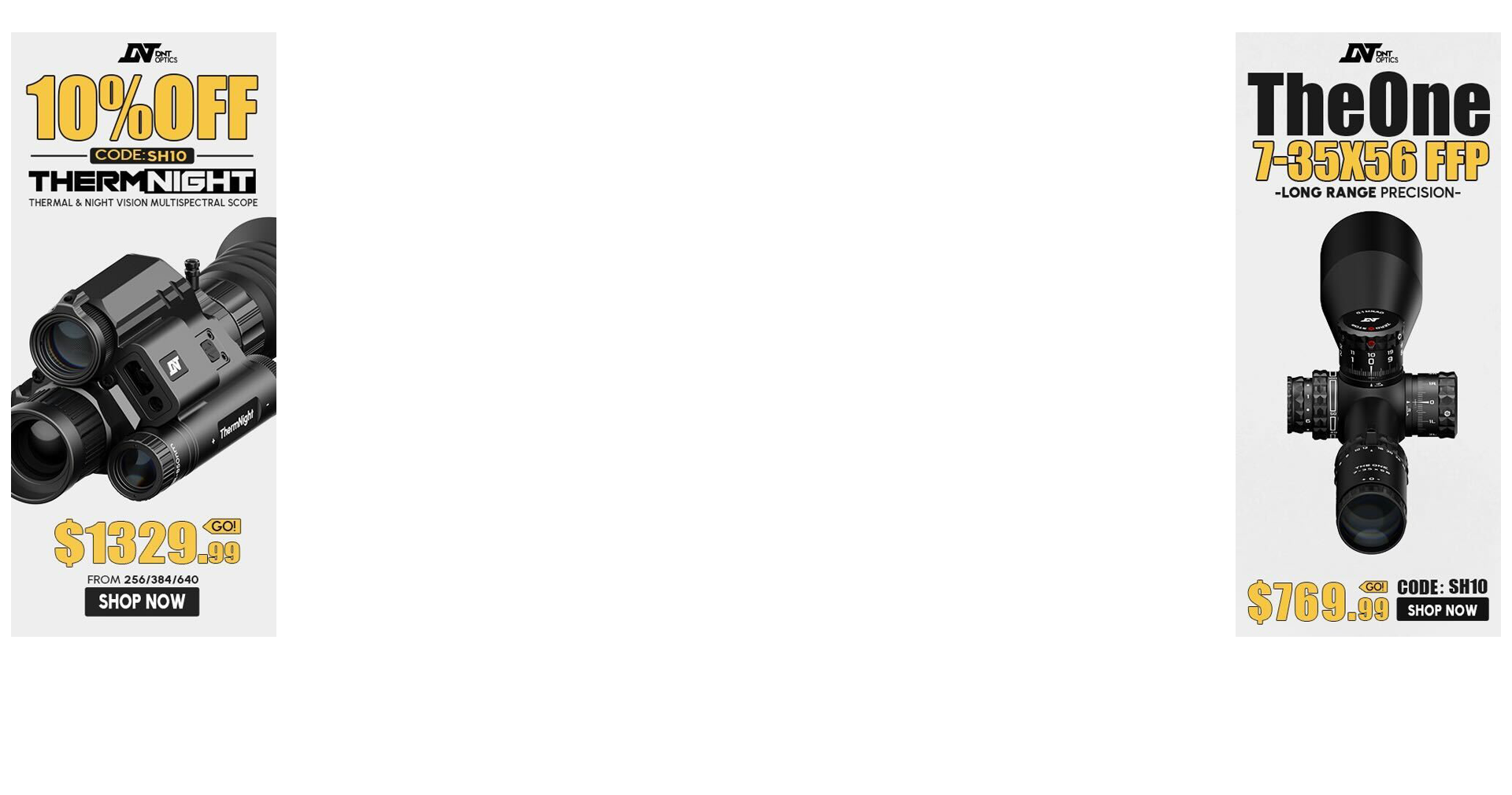Made my first attempt at knurling tonight with the #10 aloris holder. I read up on educated guessing the correct diameter so the grooves always line up, found that correct diameter. But where Im lost is my speeds and feeds? All I have read is go as fast as you feel comfortable...shouldnt there be a set rate to feed at?
At first I could not for the life of me figure out how I was going to get the crosshatch pattern in there when it was just making straight angled lines in the part, but it seems that as you go deeper into the part is what actually causes the crosshatch, is that true?
I got it looking halfway decent, went in about .055", does that sound close?
Seems like knurling is a procedure that flood coolant would really help with, looked like a lot of the tiny chips were just getting pressed right back into the peaks of the knurls and made it look a little rough.
thanks for the help
Jon
Oh, the piece I was knurling was a scrap piece of the end of a Savage 17hmr barrel, I only had it out of the chuck enough to where the knurling holder was almost touching the jaws and to give me about 5/8 long knurl.

At first I could not for the life of me figure out how I was going to get the crosshatch pattern in there when it was just making straight angled lines in the part, but it seems that as you go deeper into the part is what actually causes the crosshatch, is that true?
I got it looking halfway decent, went in about .055", does that sound close?
Seems like knurling is a procedure that flood coolant would really help with, looked like a lot of the tiny chips were just getting pressed right back into the peaks of the knurls and made it look a little rough.
thanks for the help
Jon
Oh, the piece I was knurling was a scrap piece of the end of a Savage 17hmr barrel, I only had it out of the chuck enough to where the knurling holder was almost touching the jaws and to give me about 5/8 long knurl.


